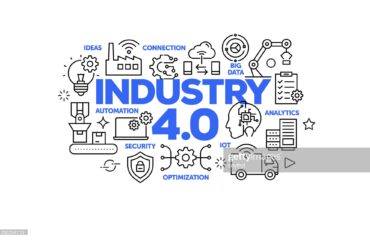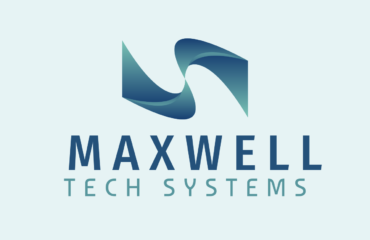Scrum is an Agile project management framework that is widely used in software development. It is a flexible process that emphasizes teamwork, collaboration, and continuous improvement. In this essay, we will discuss the Scrum process in software development, its benefits, and its key components.
The Scrum process is based on the principles of Agile development, which emphasizes iterative development, customer collaboration, and responding to change. The Scrum process involves a series of sprints, which are short periods of development that typically last between one and four weeks. Each sprint is focused on delivering a specific set of features or functionality, and at the end of each sprint, there is a review and retrospective where the team can reflect on what was accomplished and identify areas for improvement.
One of the key benefits of the Scrum process is that it allows teams to be more flexible and responsive to change. By breaking development down into smaller, more manageable sprints, teams can quickly adjust their plans and priorities based on feedback from customers or changes in the market. This allows teams to deliver high-quality software that meets the needs of their customers while minimizing waste and maximizing efficiency.
The Scrum process has several key components, including the Product Backlog, Sprint Planning, Daily Scrum, Sprint Review, and Sprint Retrospective. The Product Backlog is a prioritized list of features or functionality that the team will work on during the project. Sprint Planning is a meeting where the team reviews the Product Backlog and selects the items they will work on during the upcoming sprint. The Daily Scrum is a short meeting that takes place every day to review progress and identify any issues or roadblocks. The Sprint Review is a meeting at the end of the sprint where the team demonstrates the work that was completed and receives feedback from stakeholders. Finally, the Sprint Retrospective is a meeting where the team reflects on what went well and what could be improved during the sprint.
In conclusion, the Scrum process is a flexible, iterative approach to software development that emphasizes collaboration, communication, and continuous improvement. By breaking development down into smaller sprints, teams can be more responsive to change and deliver high-quality software that meets the needs of their customers. The Scrum process has several key components, including the Product Backlog, Sprint Planning, Daily Scrum, Sprint Review, and Sprint Retrospective, which help teams stay organized and focused on delivering value to their customers.






